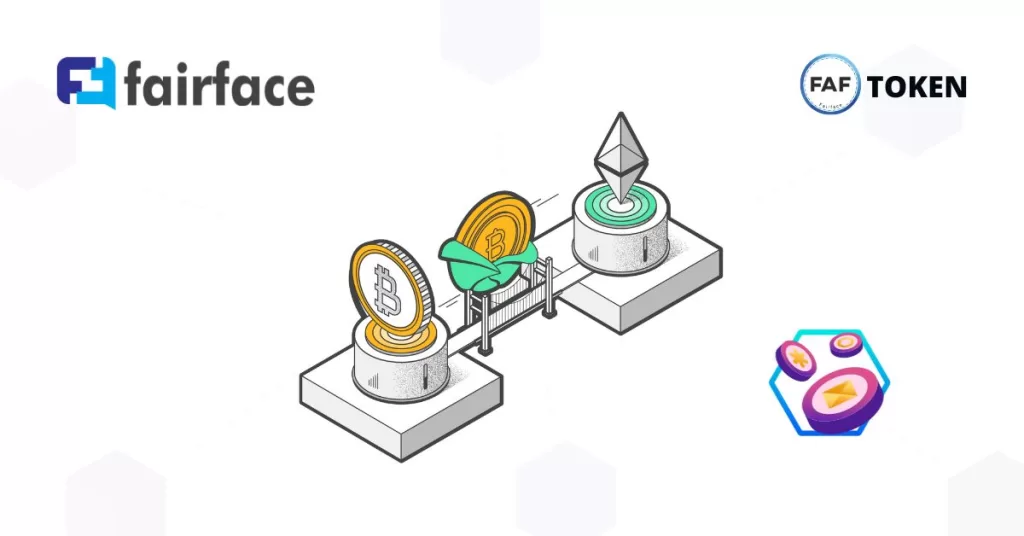The world of cryptocurrencies is known for its innovation and constant evolution. One of the more recent developments that has gained significant attention is the concept of “Wrapped Crypto Tokens.” In this blog post, we’ll dive into the world of wrapped tokens, explaining what they are, how they work, and why they are becoming increasingly important in the crypto ecosystem.
What Are Wrapped Crypto Tokens?
Wrapped Crypto Tokens, often simply referred to as “wrapped tokens” or “wraps,” are digital representations of other cryptocurrencies or assets on a different blockchain. They act as bridges between different blockchain networks, allowing assets to move seamlessly from one blockchain to another. Wrapped tokens are typically created by custodians or token issuers who lock the original asset on its native blockchain and issue a corresponding wrapped token on the destination blockchain.
How Do Wrapped Tokens Work?
The process of creating wrapped tokens involves several steps:
- Custodian Locks the Asset: A custodian, often a trusted entity or organization, takes custody of the original cryptocurrency or asset. They lock this asset in a smart contract on its native blockchain.
- Corresponding Wrapped Token Issued: Once the original asset is locked, the custodian issues an equivalent amount of wrapped tokens on the target blockchain. These wrapped tokens are backed one-to-one by the original asset, providing a seamless representation of its value.
- Interoperable Trading: Wrapped tokens can now be traded, transferred, or used within the target blockchain’s ecosystem. Users can send these tokens to different addresses or smart contracts on that blockchain.
- Redemption: When users want to move the assets back to their native blockchain, they can send the wrapped tokens to the custodian, who then releases the original asset. This process ensures a 1:1 pegging between wrapped tokens and the underlying asset.
Why Are Wrapped Tokens Important?
- Cross-Chain Interoperability: Wrapped tokens enable assets to move fluidly between different blockchain networks, fostering interoperability and connectivity in the decentralized ecosystem.
- Access to Decentralized Finance (DeFi): Wrapped tokens allow assets from blockchains like Bitcoin or Ethereum to participate in DeFi applications and yield farming on other blockchains.
- Liquidity and Trading: Wrapped tokens can be traded on decentralized exchanges (DEXs) and provide liquidity to a wide range of assets, boosting the efficiency of crypto markets.
- Broadening Use Cases: Wrapped tokens expand the use cases of cryptocurrencies by making them accessible and usable across various blockchain platforms.
Examples of Wrapped Tokens:
- Wrapped Bitcoin (WBTC): Represents Bitcoin on the Ethereum blockchain.
- Wrapped Ethereum (WETH): Represents Ethereum on the Ethereum blockchain (used for DeFi applications).
- renBTC: A cross-chain token that can be used on multiple blockchain networks.
Conclusion:
Wrapped crypto tokens are instrumental in bridging the gap between different blockchain networks, increasing liquidity, and broadening the utility of cryptocurrencies. As blockchain technology continues to evolve, wrapped tokens play a vital role in achieving a more interconnected and versatile decentralized ecosystem, bringing us one step closer to the mainstream adoption of cryptocurrencies and decentralized finance. Stay tuned for further developments in the world of wrapped tokens as they continue to reshape the crypto landscape.

